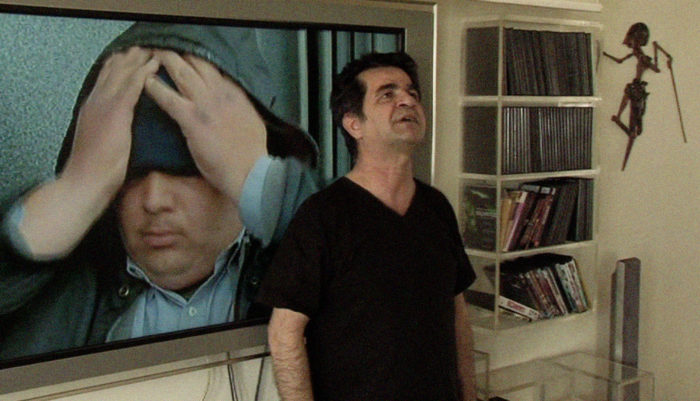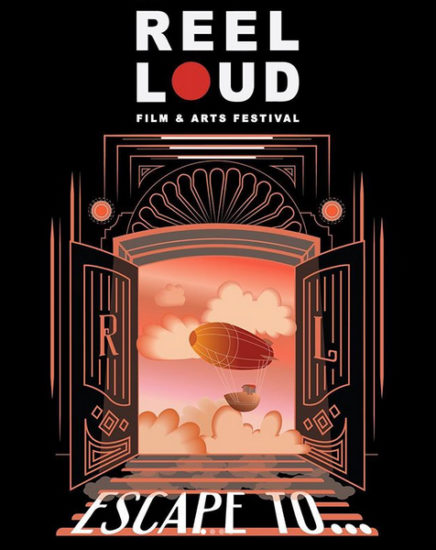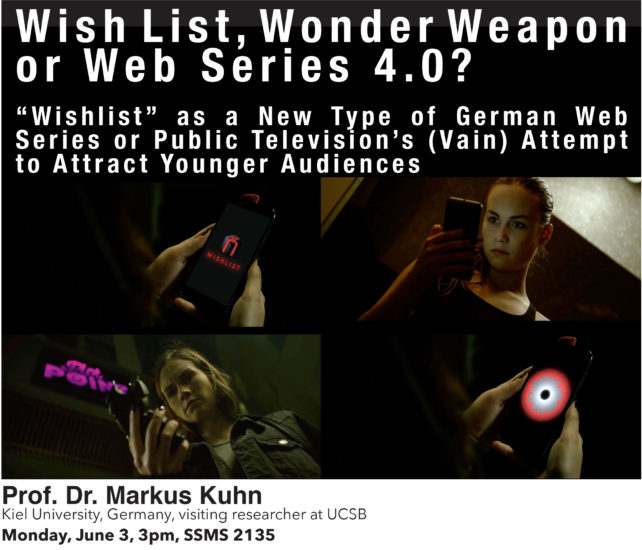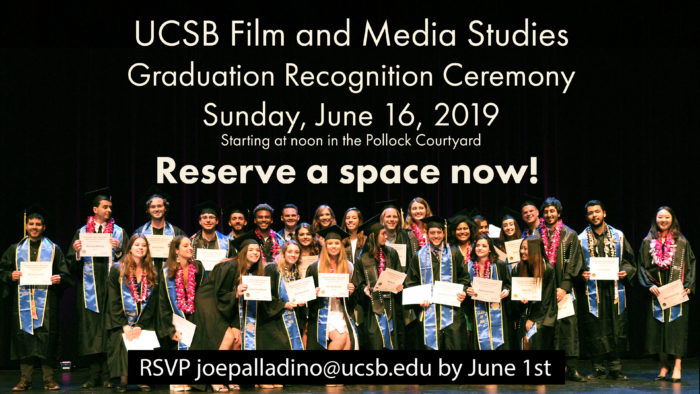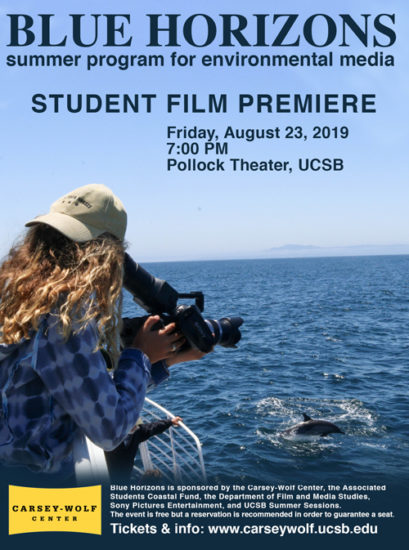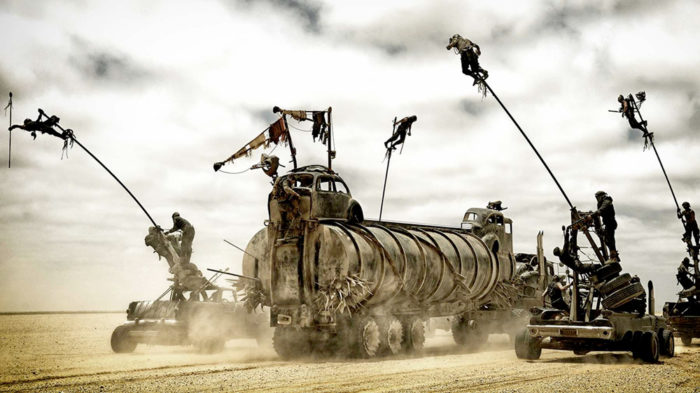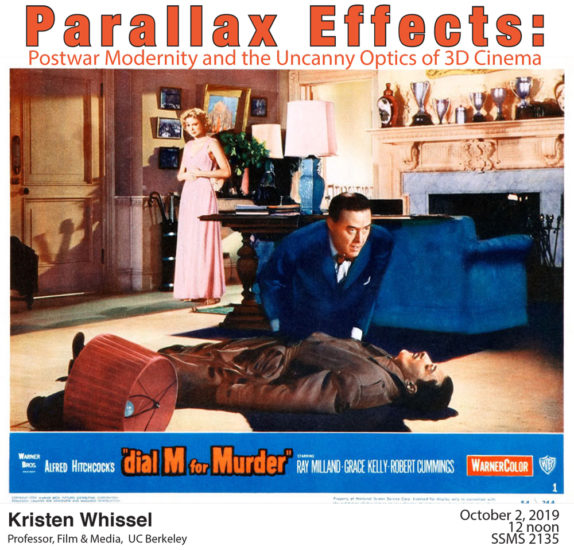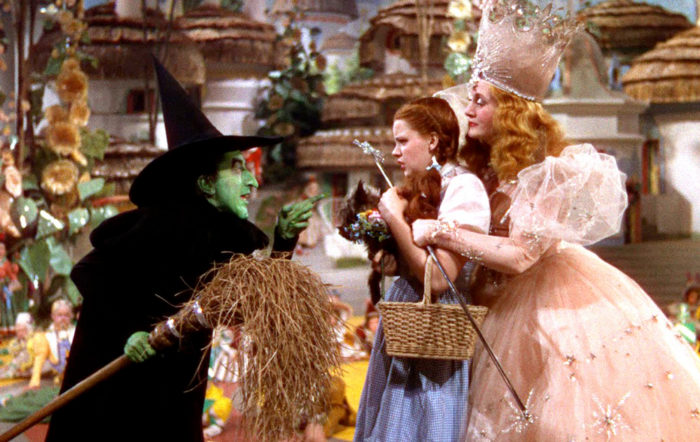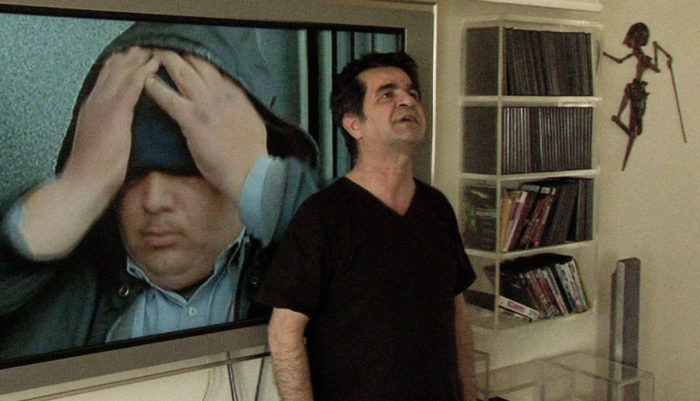Events

Past Events
May 2019
New Waves: This is Not a Film
In 2010, after Jafar Panahi was arrested and charged with making propaganda against the Iranian government, he was banned from making films or operating a camera for twenty years. In 2011 he made This is Not a Film, which was shot entirely in Panahi’s home, using the help of his friends, a camcorder, an iPhone, and the legal loopholes in his ban. The film debuted at Cannes after being smuggled there in a cake. With a playful charm, This is…
Find out more »Reel Loud Film and Art Festival
The Reel Loud Film and Arts Festival is an annual student-organized event at UC Santa Barbara that celebrates student films, art, music, dance, performance, and more. The festival is incredibly unique due to its focus on student-made, silent films with a twist - each film premieres with a band playing musical accompaniment live on stage. In addition to films, Reel Loud hosts a pre-show courtyard reception that features original student art, live performances from local bands and DJs, custom photo…
Find out more »June 2019
Wish List, Wonder Weapon or Web Series 4.0? – “Wishlist” as a New Type of German Web Series or Public Television’s (Vain) Attempt to Attract Younger Audiences
Among the broad range of new players in the market for audiovisual content on the Internet, the German content-network funk has a special position. As it is run by Germany’s public broadcasters ARD and ZDF and, thus, financed by mandatory television license fees, the platform is, on the one hand, bound to rigid production guidelines. On the other hand, funk’s success is highly dependent on its ability to appeal to its target audience of young viewers and, therefore, its capacity…
Find out more »Graduation 2019
UCSB Film and Media Studies Graduation Recognition Ceremony Sunday, June 16, 2019 Starting at noon in the Pollock Courtyard Reserve a space now! RSVP joepalladino@ucsb.edu by June 1st.
Find out more »July 2019
Media Fields
Visit the Media Fields Website
Find out more »August 2019
Blue Horizons 2019 Film Premiere
Join us for the premiere of several engaging and topical short films produced by students in the Blue Horizons Summer Program for Environmental Media. During this nine-week summer program, students learn elements that are essential to producing documentary films – from developing a film’s core idea and story, to thinking about its impact on its audiences, to the nuts-and-bolts of video production. After examining the critical issues of our region’s oceans and seashores, students develop their own stories and produce…
Find out more »October 2019
Special Effects: Mad Max: Fury Road
With Kristen Whissel (Film and Media, UC Berkeley) The Carsey-Wolf Center is delighted to kick off its Special Effects series with George Miller’s Mad Max: Fury Road (2015). Winner of major awards for art direction, visual effects, costumes, stunts, and makeup, Fury Road pulses with stunning design elements and unforgettable action set pieces. Set in a post-apocalyptic desert wasteland where fuel and water are scarce commodities, the film follows Max Rockatansky (Tom Hardy), who is captured and enslaved by the tyrannical Immortan Joe…
Find out more »Parallax Effects: Postwar Modernity and the Uncanny Optics of 3D Cinema
This paper argues that the uncanny optics of stereoscopic 3D cinema made it an ideal format for the Hollywood’s investigation of the culture and experience of technological modernity in the postwar era. Focusing on the 3D versions of House of Wax (André de Toth, 1953) and Dial M for Murder (Alfred Hitchcock, 1954), I analyze how the 3D format allowed filmmakers to exploit a range of “stereo-effects” in pursuit of an “aesthetic of dispossession” grounded in 3D’s ability to violate…
Find out more »Special Effects: The Wizard of Oz
With Jocelyn Szczepaniak-Gillece (English and Film Studies, University of Wisconsin-Milwaukee) When a tornado rips through Kansas, Dorothy (Judy Garland), her house, and her dog Toto are whisked to the magical land of Oz. At the advice of a chorus of locals, they follow the Yellow Brick Road toward the Emerald City in search of the infamous Wizard. En route they are joined by a Scarecrow (Ray Bolger) that needs a brain, a Tin Man (Jack Haley) missing a heart, and…
Find out more »New Waves: This is Not a Film
In 2010, after Jafar Panahi was arrested and charged with producing propaganda against the Iranian government, he was banned from making films or operating a camera for twenty years. In 2011 he made This is Not a Film, which was shot entirely in Panahi’s home, using the help of his friends, a camcorder, an iPhone, and the legal loopholes in his ban. The film debuted at Cannes after being smuggled into the festival inside a cake. With a playful charm,…
Find out more »